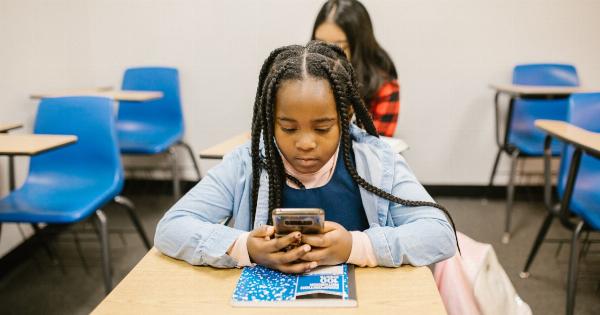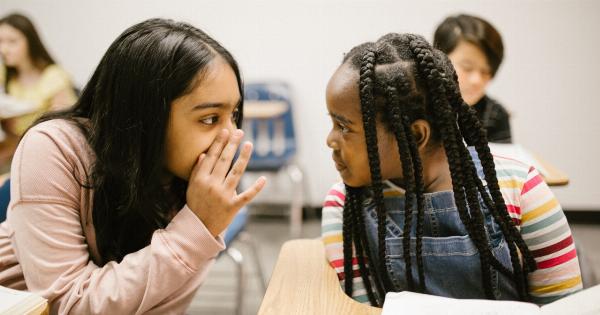Bullying has become a major problem in schools across the world. It is a type of repeated, intentional, and aggressive behavior by one or more students towards another student who is unable to defend themselves.
According to the National Center for Education Statistics, more than one out of every five students report being bullied. Bullying is a silent epidemic that has far-reaching effects on the emotional, psychological, and physical well-being of children and teenagers.
Types of Bullying
There are different types of bullying, including:.
- Physical bullying – hitting, kicking, pushing, or other forms of physical harm.
- Verbal bullying – name-calling, teasing, or making fun of someone’s appearance, personality, or abilities.
- Social bullying – excluding someone from a group, spreading rumors, or publicly embarrassing someone.
- Cyberbullying – harassment through electronic technology like social media, emails, or text messages.
The Impact of Bullying
Bullying can have a long-lasting impact on the victim’s life. It can lead to depression, anxiety, and other mental health problems.
Victims of bullying often experience poor academic performance, loss of self-esteem, difficulty in making friends, and even suicidal thoughts.
Furthermore, bullying affects not only the victim but also the bully and those who witness bullying. Bullies are more likely to engage in criminal activities later in life and have problems with interpersonal relationships.
Witnesses of bullying may suffer from guilt and anxiety and may be more likely to become bullies themselves.
Preventing Bullying
Preventing bullying requires a collaborative effort, involving school administrators, teachers, parents, and students. Some effective strategies for preventing bullying include:.
- Creating a positive and safe school environment by establishing clear rules against bullying and enforcing them consistently.
- Developing programs that promote kindness, empathy, and respect for diversity.
- Training teachers and staff on how to recognize and address bullying behavior.
- Involving parents in discussions about bullying and empowering them to advocate for their children.
- Encouraging students to speak out against bullying and providing them with resources to report incidents safely and anonymously.
Dealing with Bullying
If your child is being bullied, it is important to take the situation seriously and act promptly. Here are some steps you can take:.
- Encourage your child to speak up and report the bullying to a teacher, counselor, or school administrator.
- Document the incidents of bullying, including dates, times, and details of what happened.
- Stay in contact with your child’s school and ask for regular updates on the measures taken to address the bullying.
- Provide emotional support to your child and help them develop coping skills.
- Consider counseling or therapy for your child if they are experiencing emotional distress.
Conclusion
School bullying is a serious issue that requires immediate attention. It affects not only the victim but also the bully and the witnesses. Preventing and dealing with bullying requires a collaborative approach involving schools, parents, and students.
By working together, we can create a safe and respectful school environment where all students can thrive.
















